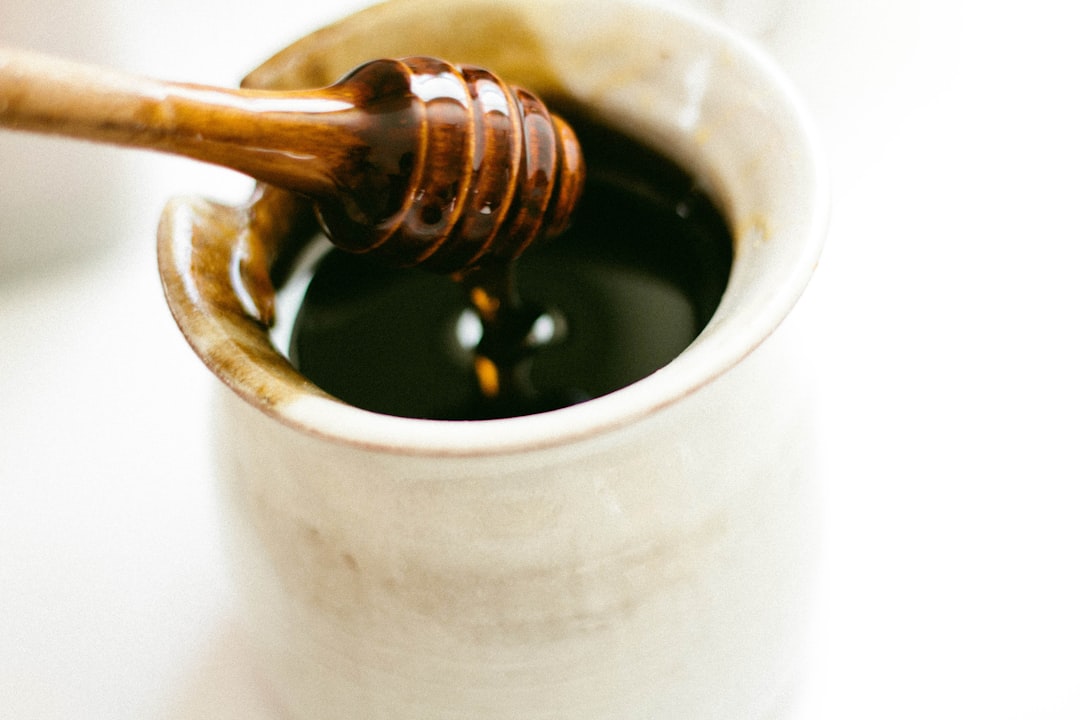If you haven’t already seen Maple Leaf’s Spelling Bee commercial, it’s worth the 30-second watch. In the video, young students are asked to spell words such as maltodextrin. According to Maple Leaf, “if you can’t spell it, you won’t find it in our food.” The message is that hard-to-spell ingredients, including hidden sugars, are not used in their products—mainly because they are often unhealthy.
Hidden sugars have various names: maltodextrin, dextrin, dextrose, high fructose corn syrup, and maltose to name a few. Here’s why you should be on the lookout for these next time you’re reading the ingredient list on labels at the grocery store.
The Problem

Maltodextrin is made from corn, rice, potato starch, or wheat. Although it’s a powder, maltodextrin is often used in place of sugar. In fact, it is the first ingredient listed in many low-calorie sweeteners. Unlike fruits with natural sugars, processed foods that contain maltodextrin and similar ingredients such as high fructose corn syrup do not supply any fibre, protein, or healthy fat. This means that when you consume these ingredients, sugar absorption is not slowed.
Essentially, consuming maltodextrin spikes your blood sugar and insulin levels. Maltodextrin has a high glycemic index. The glycemic index is a scale used for ranking foods with carbohydrates based on how much the given food raises your blood sugar levels. The higher the glycemic index, the higher your blood sugar level is spiked. Maltodextrin’s glycemic index is between 106 and 136, which is actually worse than white sugar’s glycemic index of 65.
This is the case with many hidden sugars; the “Sugar-Free” label can be misleading. Although ingredients such as maltodextrin may appear to be a healthier option on the surface, consuming them often raises your blood sugar level more than if you had regular white sugar.
When your blood sugar level is spiked, it can cause many negative health effects. By choosing to eat foods with a lower glycemic index, you lower the risk of heart disease, stroke, and type 2 diabetes, and are able to lose weight. You will also stay full for a longer period of time.
The Solution

Avoiding hidden sugars starts by reading the nutrition facts on the products that you buy. Rather than consuming hidden sugars, look for products sweetened naturally with ingredients such as stevia if you want the sweet flavour without the actual sugar. Stevia is a plant, and its leaves are used to make a sugar substitute that has no calories. While stevia is often said to have an aftertaste, it is becoming increasingly popular and is worth trying, given its health benefits.
Another option for a sugar alternative is erythritol. Erythritol is a sugar alcohol that can be used to sweeten your food instead of sugar. Like stevia, it is also natural. Erythritol contains very few calories and your blood sugar and insulin levels will not rise when it is consumed.
Ultimately, not all sugar is unhealthy. Natural sugars found in fruit and some sugar alternatives such as stevia and erythritol are safe to enjoy. Plus, indulging in processed sugar on occasion (who can turn down a cupcake?) is nothing to worry about. Being aware of the kinds of sugar that you consume in everyday foods is essential to creating healthy eating habits overall.




